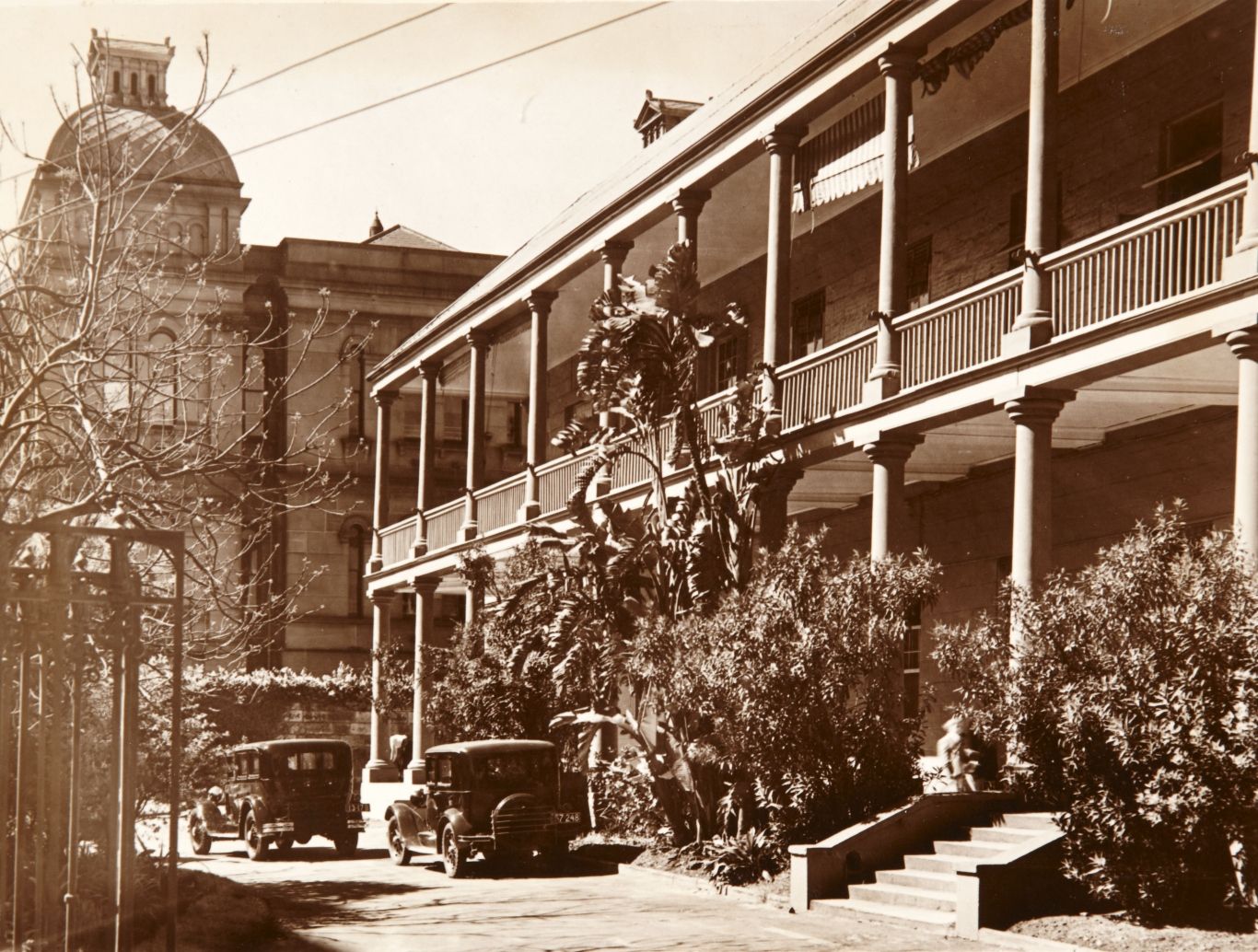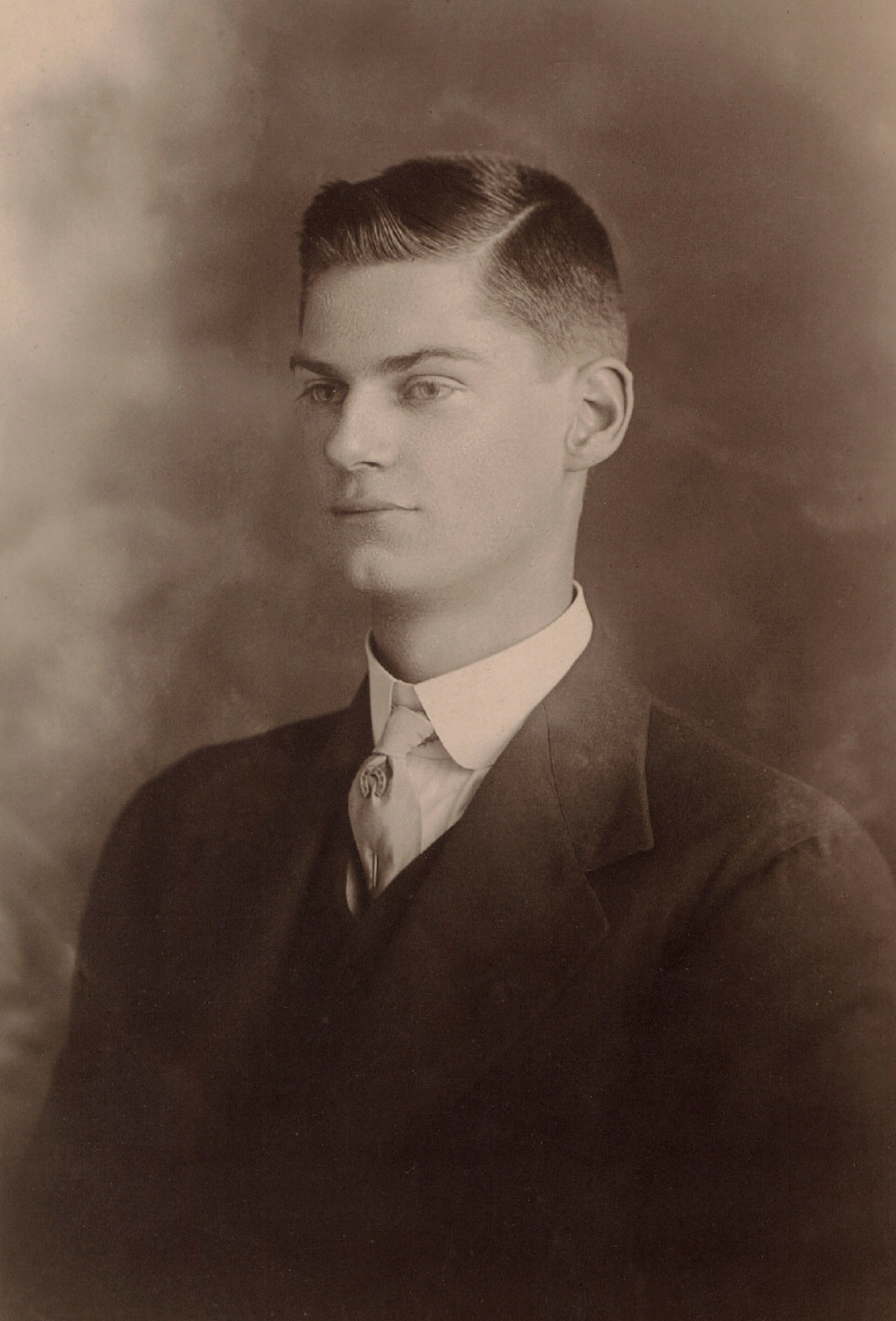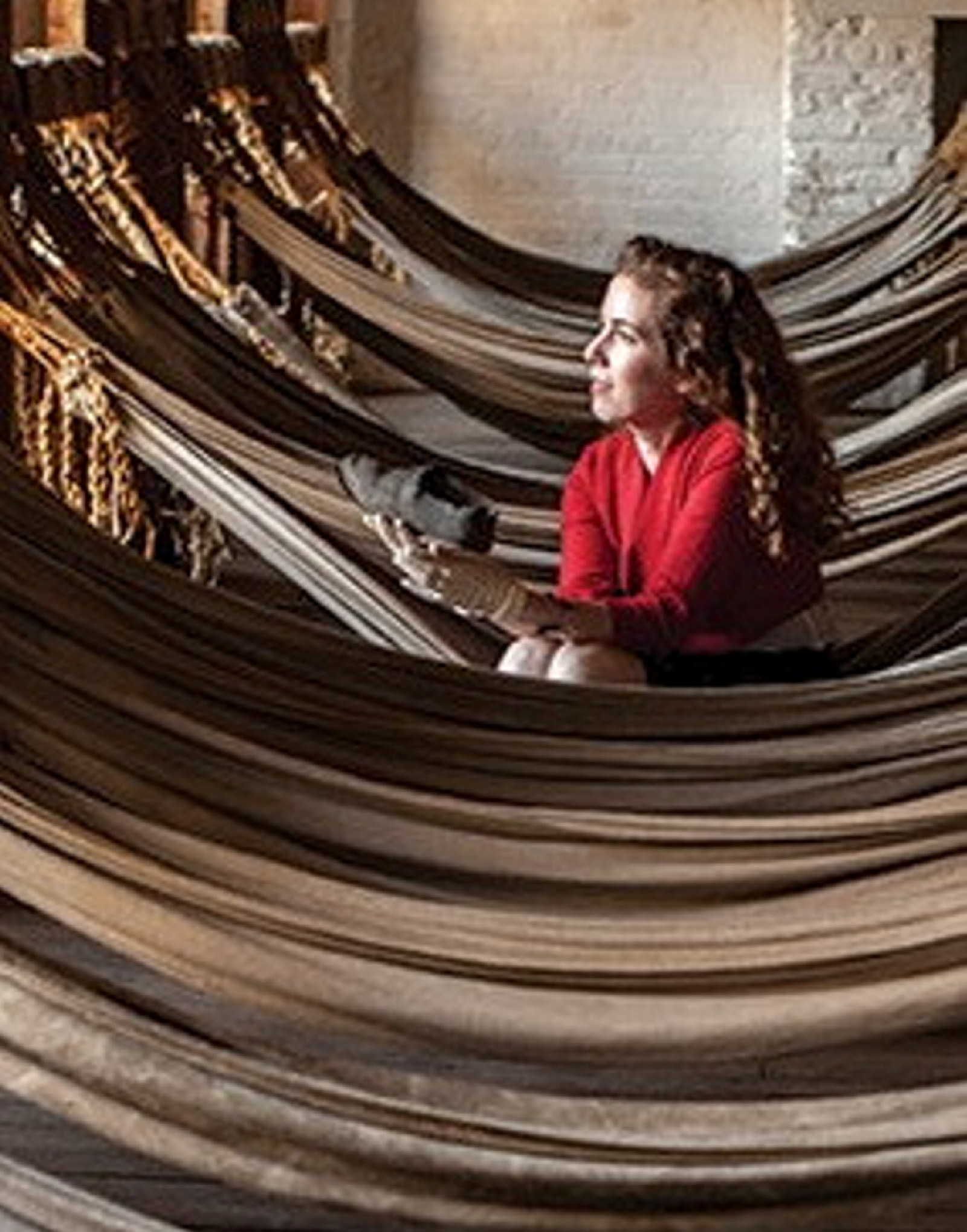Moonlite at the Sydney Mint
If you’ve ever visited The Mint on Sydney’s Macquarie Street, chances are you have walked in the footsteps of an infamous Australian bushranger, ‘Captain Moonlite’.
Between 1855 and 1927, members of the public could sell their gold at the Sydney Branch Royal Mint, where it would be processed into gold sovereigns. On 28 October 1869, a young Irishman named Andrew George Scott arrived at the Sydney Branch Royal Mint, carrying a horse-shoe shaped cake of gold dust. Scott had only recently arrived in Sydney from a small town in Victoria named Egerton, where he had been the lay reader of the local church.
Passing through the official entrance at the northern end of The Mint, with its elaborately decorated stained glass doors, Scott entered the Bullion Office and laid his gold on the counter to sell. The Bullion Office clerk weighed the gold dust on the finely tuned Oertling Balance, and recorded the amount of 129 ounces in his large leather-bound ledger book, and issued a blue deposit ticket1. By writing on the back of the ticket ‘Pay the Union Bank of Australia/G. Scott’, Scott indicated that he wished The Mint to deposit the cash into his bank account.
Little did the clerk then know that Scott was actually the bushranger ‘Captain Moonlite’ who had stolen the horseshoe-shaped cake of gold dust from the bank of Egerton earlier in the year in May. Disguised in a mask and cloak, Scott had attacked the bank agent L.J. Bruun, and forced him to hand over the contents of the bank’s safe.
Scott received £503/6/1 for the gold dust2, an enormous sum for the time. Living the high life on his ill-gotten gains, his funds eventually ran out and he began to write valueless cheques. The last one he wrote was for a yacht, named the ‘Why-not’. Not long after he set sail for Fiji, he was captured by the Water Police, and brought back for trial.
After spending a year in Maitland Gaol, he stood trial again in 1872 for the bank robbery, and Sydney Mint gold melter Edward Offord Heywood gave a statement and provided documents of the transcation at the trial. After escaping from Ballarat Gaol, Moonlite was sentenced to 11 years in Pentridge Prison, Melbourne.
A difficult and violent prisoner, he was released in 1879, but in November that year, he faced his final stand, holding up Wantabagery sheep station near Wagga Wagga, NSW. He was subsequently hanged at Darlinghurst Gaol in 1880.
Footnotes
- Royal Mint, Sydney Deposit Ticket issued to G. Scott, 28 October 1869, VPRS 4969/PO Unit 4 Item 12
- Royal Mint voucher no. 2155 receipt, 31 October 1869, VPRS 4969/PO Unit 4 Item 14
Related

Museum stories
A rum deal
When Lachlan Macquarie began his term as governor of NSW in 1810, Sydney was in desperate need of a new hospital
Published on

